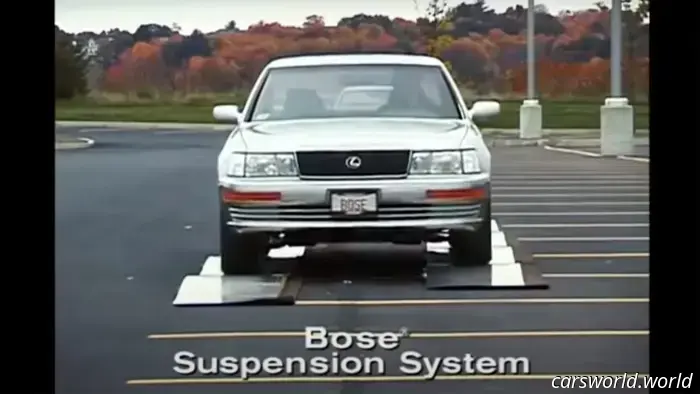
The iconic Bose Magic Carpet Suspension is set to make its global debut.
Over two decades ago, a video showcasing a Lexus LS400 seemingly breaking the laws of physics astonished viewers worldwide. Equipped with a prototype electromechanical proactive suspension designed by the audio company Bose, the luxury sedan effortlessly hopped over curbs, avoided potholes by skipping its wheels, negotiated corners flatly, and maintained an even body at high speeds across uneven surfaces. It appeared almost magical, and in some respects, it was.
Unfortunately, in 2004, it proved to be completely unfeasible for mass production, leading Bose to abandon the project and sell the technology rights. Meanwhile, those demo videos became a staple on the internet, representing incredible technology that never materialized. Every few years, they resurface as more people wonder why such advanced systems aren't available in modern vehicles.
But now, you can finally experience something similar—well, almost.
Recently, the proactive suspension—now owned and further developed by an American company named ClearMotion—made its debut in China, featured in the electric Nio ET9, marking its first application in a production vehicle. This is just the beginning of a partnership with Nio, which aims to integrate the suspension into 3 million cars. As noted by Automotive News, this level of production could significantly reduce costs, especially as ClearMotion prepares to collaborate with Porsche and is in discussions with various European manufacturers. You can see its impressive capabilities in the video below.
In essence, Bose’s suspension is finally receiving the global recognition it has long deserved. And indeed, we’ve been anticipating this! In 2018 (can you believe that was seven years ago?), we published a piece about ClearMotion incorporating its suspension into a BMW 5 Series, with its CEO negotiating contracts with "five major manufacturers" to bring the technology into mass production by 2020. To be fair, we all know how that turned out.
It's also important to note that this isn’t precisely the original Bose suspension. The initial design swapped out traditional dampers for linear electric motors that utilized sensor data to physically raise and lower the wheels to mitigate bumps. ClearMotion has since adapted the control software and applied it to active valve dampers that use magnetic fluid.
Nevertheless, it's crucial to recognize that this technology is finally transitioning from a low-resolution YouTube video into reality within new vehicles. Speaking of which, we recently reported on the discovery of one of the original Lexus LS400 Bose prototypes listed as a parts car on Facebook Marketplace. It's definitely worth a read, I assure you.
With the Bose/ClearMotion suspension having moved past the conceptual testing stage, there are no limits to the technology's potential applications. CYVN Holdings, the investment firm supporting McLaren, is also an investor in Nio. A trickle-up effect is certainly on the horizon.
In the Porsche partnership, the German automaker plans to employ ClearMotion1 and will also introduce RoadMotion, a proactive chassis control software that creates a “fingerprint” of road surfaces. This software retains the scanned data to establish a localized street profile, allowing the system to automatically adjust when driving through the same area again.


Other articles
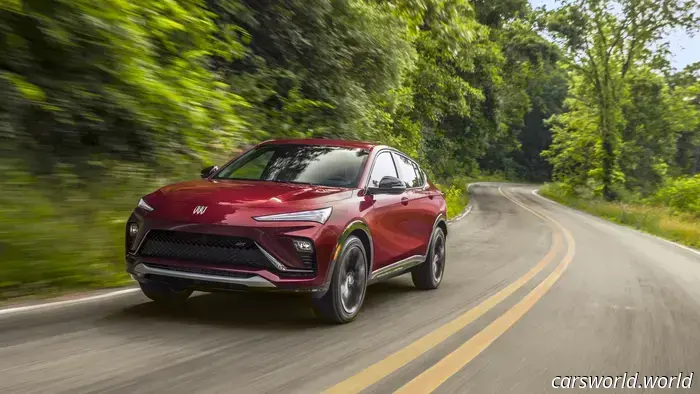 Buick's return is facing significant challenges due to tariffs.
Buick experienced a 39% rise in sales in the first quarter of 2025, yet its top three best-selling models are sourced from Asia and are directly affected by tariffs.
Buick's return is facing significant challenges due to tariffs.
Buick experienced a 39% rise in sales in the first quarter of 2025, yet its top three best-selling models are sourced from Asia and are directly affected by tariffs.
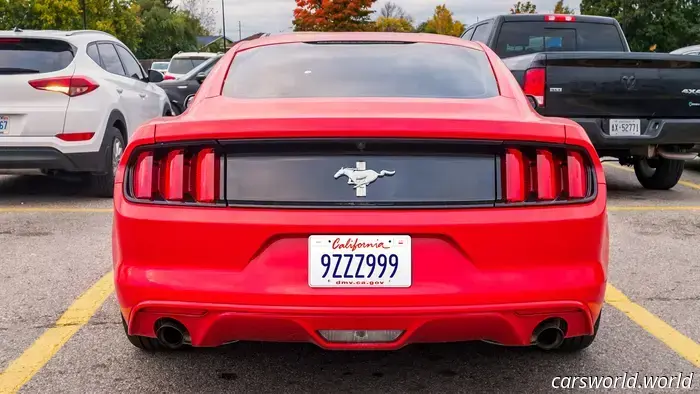 California is depleting its supply of license plate numbers.
The state has already revealed a new seven-digit combination for its license plates.
California is depleting its supply of license plate numbers.
The state has already revealed a new seven-digit combination for its license plates.
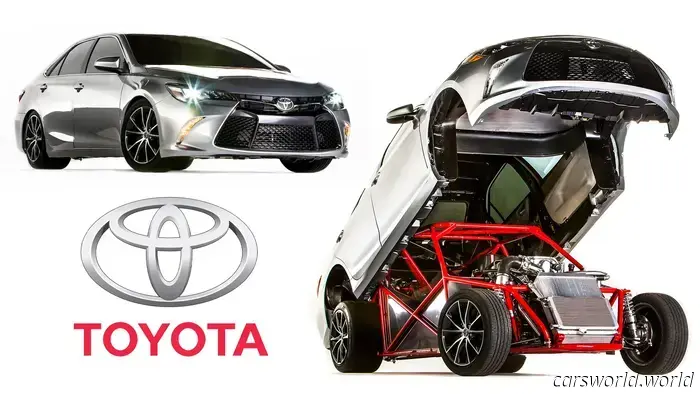 Toyota's Ultimate V8 Toyota Camry Sleeper Remains Among the Top Factory Builds.
We've witnessed some inventive sleeper builds, but few can compare to Toyota's 2014 SEMA project that transformed the new Camry into a 900-hp drag racing car.
Toyota's Ultimate V8 Toyota Camry Sleeper Remains Among the Top Factory Builds.
We've witnessed some inventive sleeper builds, but few can compare to Toyota's 2014 SEMA project that transformed the new Camry into a 900-hp drag racing car.
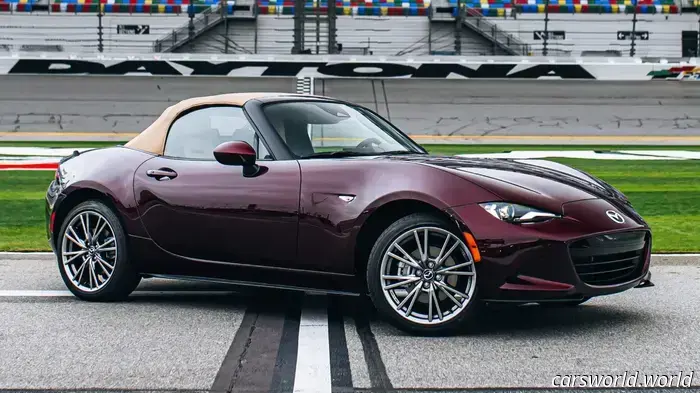 Reports indicate that new Mazda Miatas are currently stranded at ports for reasons that remain unclear.
Several customers have stated that they have been waiting for weeks for their new MX-5s without receiving any updates.
Reports indicate that new Mazda Miatas are currently stranded at ports for reasons that remain unclear.
Several customers have stated that they have been waiting for weeks for their new MX-5s without receiving any updates.
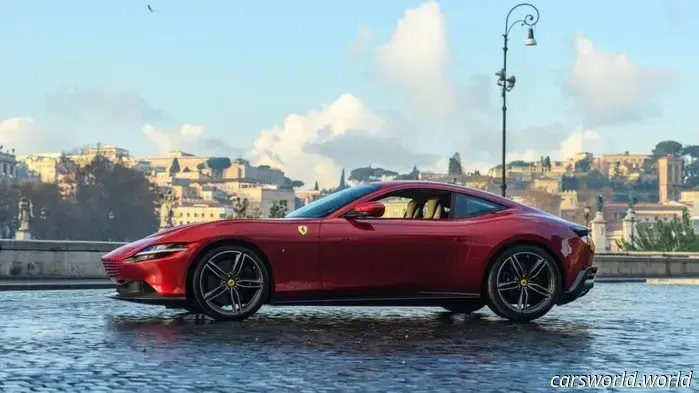 The Italian Job: $218K Ferrari Roma Vanished While Heading to Dealership
A federal lawsuit filed by the dealer alleges that a bogus shipping company intercepted the Ferrari, which has yet to be found.
The Italian Job: $218K Ferrari Roma Vanished While Heading to Dealership
A federal lawsuit filed by the dealer alleges that a bogus shipping company intercepted the Ferrari, which has yet to be found.
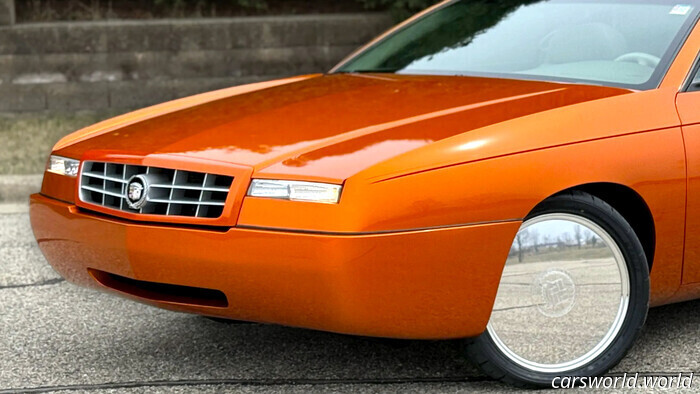 This Cadillac Appears Unlike Any Other Eldorado Coupe You've Encountered | Carscoops
The roof of the Cadillac has been shortened and lowered, and the wing mirrors and door handles have been taken off.
This Cadillac Appears Unlike Any Other Eldorado Coupe You've Encountered | Carscoops
The roof of the Cadillac has been shortened and lowered, and the wing mirrors and door handles have been taken off.
The iconic Bose Magic Carpet Suspension is set to make its global debut.
Bose once amazed us with a vehicle that was capable of leaping over potholes and providing a perfectly smooth ride. Now, after more than 20 years, the technology is finally entering mass production.
